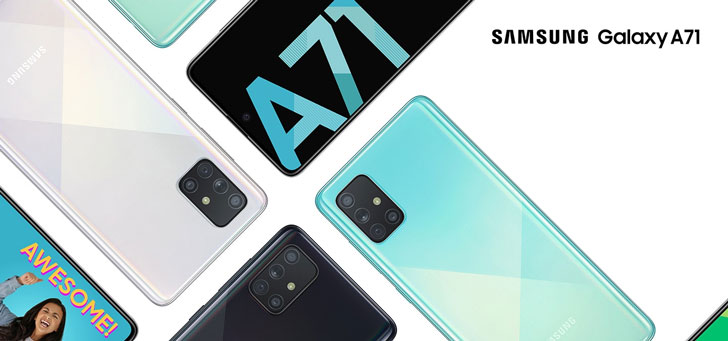Identify, prevent and address phishing on Apple devices
‘Congratulations: you’ve won a big cash prize! Enter your email address here to claim the prize.’ This is an obvious example of phishing, but the fraud method is getting more and more sneaky. In 4 questions and answers we will update you about phishing on your Apple device.
Read on after the ad.
Contents
Identify, prevent and address phishing on Apple devices
Have you ever received an email informing you that you have won a large cash prize, or some other gift? All you have to do is tap the attached link and enter your details to receive the reward. This is a garish example of phishing, but the tactics to trick you are getting better and better. In these short questions and answers, we’ll give you a quick update on phishing on iOS.
1. What is phishing?
Malware, ransomware, adware, spyware: there are a lot of tactics that malicious people use to cheat you. However, phishing is easy to remember, because the name already gives away its meaning. With phishing, criminals try to fish you in through a lure, such as the view of a large prize. They use fake emails, text messages and even WhatsApp messages to do this.
2. What is the purpose of phishing?
There isn’t one standard example of phishing on your Apple device. Sometimes the ‘fishermen’ are after a copy of your identity card or passport, so that they can present themselves under your identity. Other times, the malicious parties are, for example, about your credit card information or login information for a website.
3. How can I recognize it?
One thing is certain: phishing is becoming increasingly sophisticated. For example, e-mails are counterfeited with extreme precision so that it seems as if you have actually received a message from your bank, energy supplier or telecom provider. Text messages, LinkedIn messages and other forms of phishing are also getting better.
Sender
In any case, always pay close attention to the sender of a message. Malicious persons often use addresses that resemble those of the original agency. For example, consider the fictitious email address customer service@coolblue.nl instead of the real address customer service@coolblue.nl†
Show
It is also wise to pay attention to the tone and content of the message. Phishers try to ‘angle you in’ with bait, in other words an attractive offer. They therefore promise you a beautiful gift, a luxurious holiday or a large cash prize. All you have to do is tap on the link. You should never do this, because then you will end up on their (also) counterfeit website and the problems really start.
Issues
There is also often a problem with phishing. The malicious parties try to play on your gut feeling and there is often a problem. For example, you would not have paid your energy bill for months and would be closed within 24 hours, unless you immediately transfer the outstanding amount via the (counterfeit) website. A legitimate business would never communicate in this ad hoc manner.

Not personal
Furthermore, phishing messages are often not personal. The messages therefore do not have a personal salutation, but start with something like “Dear customer/colleague/subscriber”. It is of course very unbelievable that a company does not bother to address you by name, especially when it comes to something important. Finally, never, ever open attachments from dubious messages. These can contain all sorts of mischief, such as malware or ransomware.
4. What to do about phishing on your Apple device?
As long as phishing continues to yield enough, the form of fraud will continue to exist. You can, however, make it a little harder for criminals by reporting phishing messages. Therefore, always forward the e-mail, text message or WhatsApp to the organization whose name is being misused. For example, your bank, energy provider or other agency may be able to start an investigation.
You can also report phishing to the Fraud Helpdesk. This foundation was created to tackle fraud. And not without success, because 70,000 phishing emails are received every month. You can call the abuses via the website, chat or by telephone. Always send the phishing message to the authority. When sufficient complaints are received, a large-scale investigation can be initiated.
Securing Apple Devices
Whether you use an iPhone, iPad, Mac or Apple Watch, chances are you store a lot of personal files and data on it. Good security is therefore very important. So set up iPhone security options, get a good passwords app, and read our basic tips for securing your Mac.



